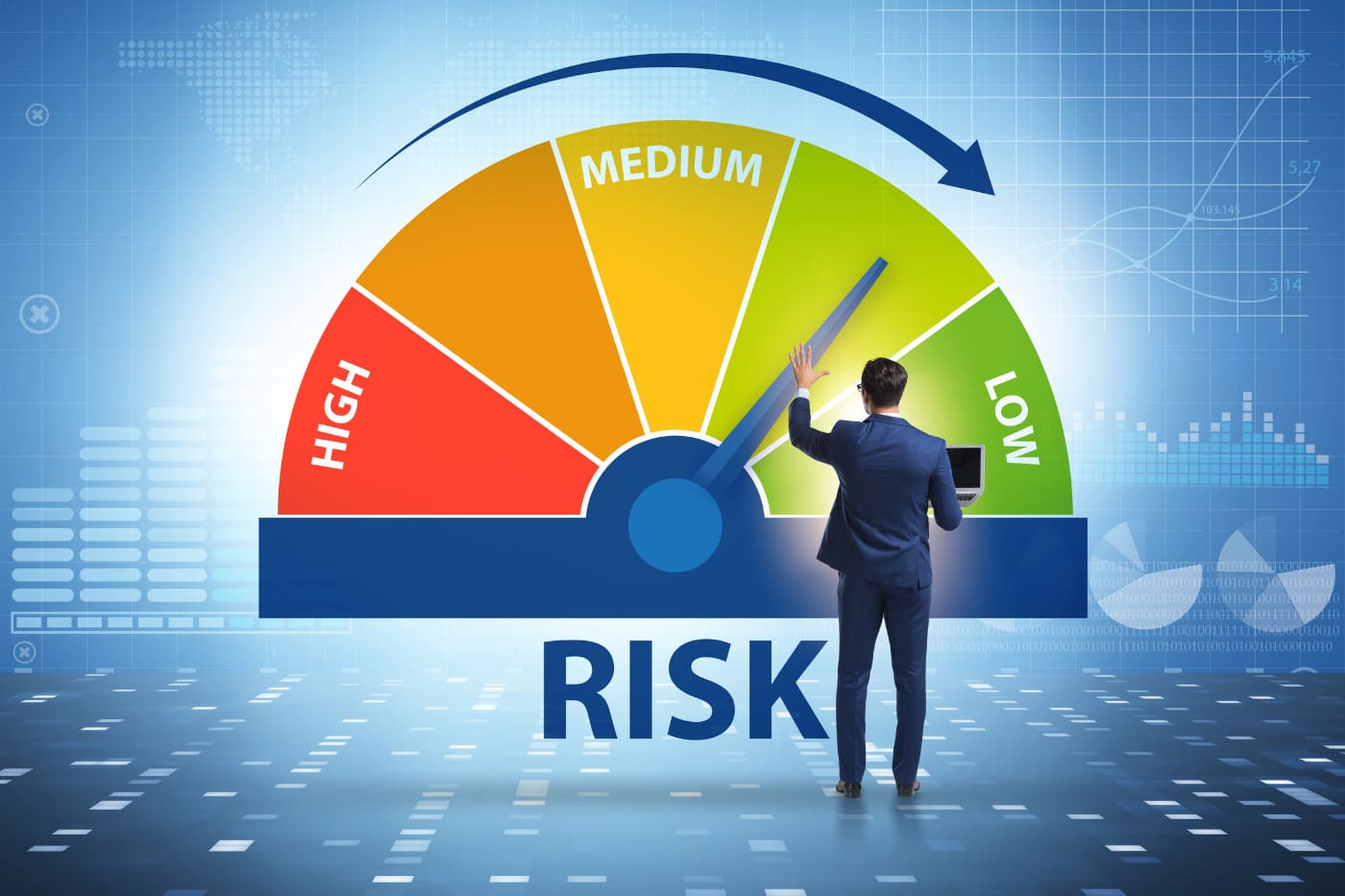Welding Equipment Insurance Options is a fundamental process in various industries, from construction to manufacturing. However, operating welding equipment comes with risks. Accidents, damage, and theft can occur, leading to significant financial losses. To mitigate these risks, welding professionals and businesses must invest in suitable insurance options. In this comprehensive guide, we’ll delve into the various insurance options available for welding equipment, exploring their benefits, coverage types, and considerations to help you make informed decisions to protect your assets and business.
Understanding Welding Equipment Insurance
Welding equipment insurance provides coverage for various risks associated with owning and operating welding machinery and tools. These insurance policies are designed to protect individuals, contractors, and businesses from financial losses resulting from damage, theft, accidents, or other unforeseen events involving welding equipment.
Types of Welding Equipment Insurance
- Property Insurance: Property insurance covers physical damage to welding equipment caused by events such as fire, vandalism, natural disasters, or accidents. This type of insurance typically includes coverage for welding machines, gas cylinders, welding torches, protective gear, and other related equipment.
- General Liability Insurance: General liability insurance protects welding professionals and businesses from third-party claims of bodily injury, property damage, or personal injury resulting from welding activities. It covers legal fees, settlements, and medical expenses associated with such claims.
- Inland Marine Insurance: Inland marine insurance provides coverage for welding equipment while in transit or stored at off-site locations. It protects against damage, theft, or loss during transportation or while temporarily stored away from the primary business location.
- Equipment Breakdown Insurance: Equipment breakdown insurance, also known as boiler and machinery insurance, covers the repair or replacement costs of welding equipment in case of mechanical breakdowns, electrical failures, or other operational issues. It helps minimize downtime and financial losses resulting from equipment failures.
- Business Interruption Insurance: Business interruption insurance compensates welding businesses for lost income and operating expenses during periods of suspended operations due to covered events, such as equipment breakdowns, property damage, or other disruptions. It helps businesses stay afloat and recover financially during challenging times.
- Tool Floater Insurance: Tool floater insurance provides coverage for portable welding tools and equipment used on job sites. It protects against theft, loss, or damage to tools and accessories, including welding helmets, gloves, electrodes, and other essential items.
- Crime Insurance: Crime insurance safeguards welding businesses against financial losses resulting from theft, burglary, vandalism, or employee dishonesty. It covers stolen welding equipment, parts, or materials, as well as property damage caused by criminal activities.
- Workers’ Compensation Insurance: Workers’ compensation insurance is essential for welding businesses with employees. It provides coverage for medical expenses, lost wages, and disability benefits for employees injured on the job. Welding is a high-risk profession, and having adequate workers’ compensation coverage is crucial for protecting employees and complying with legal requirements.
Factors to Consider When Choosing Welding Equipment Insurance
- Coverage Limits: Evaluate the coverage limits and deductibles offered by insurance policies to ensure they adequately protect your welding equipment and business assets.
- Policy Exclusions: Review the policy exclusions to understand what events or circumstances are not covered by the insurance. Be aware of any limitations or restrictions that may affect your coverage.
- Premium Costs: Compare premium costs from different insurers to find the most cost-effective insurance options that provide adequate coverage for your welding equipment and business needs.
- Claims Process: Assess the ease and efficiency of the claims process offered by insurance providers. Look for insurers with a reputation for excellent customer service and timely claims settlement.
- Additional Coverages: Consider additional coverages or endorsements that may enhance your insurance protection, such as pollution liability coverage, cyber liability insurance, or professional liability insurance for welding services.
- Insurance Provider Reputation: Research the reputation and financial stability of insurance companies before purchasing a policy. Choose insurers with a strong track record of reliability, stability, and customer satisfaction.
- Policy Flexibility: Look for insurance policies that offer flexibility in coverage options, allowing you to customize your insurance plan to meet your specific needs and budget constraints.
Conclusion on Welding Equipment Insurance Options
Investing in welding equipment insurance is essential for protecting your assets, livelihood, and business operations from unforeseen risks and liabilities. By understanding the various insurance options available, assessing your coverage needs, and choosing the right insurance policies, you can safeguard your welding equipment, business assets, and financial stability. Consult with insurance professionals or brokers to explore your options and ensure you have adequate insurance protection tailored to your specific requirements as a welding professional or business owner. Remember, proactive risk management through comprehensive insurance coverage is key to thriving in the competitive and challenging landscape of the welding industry.






